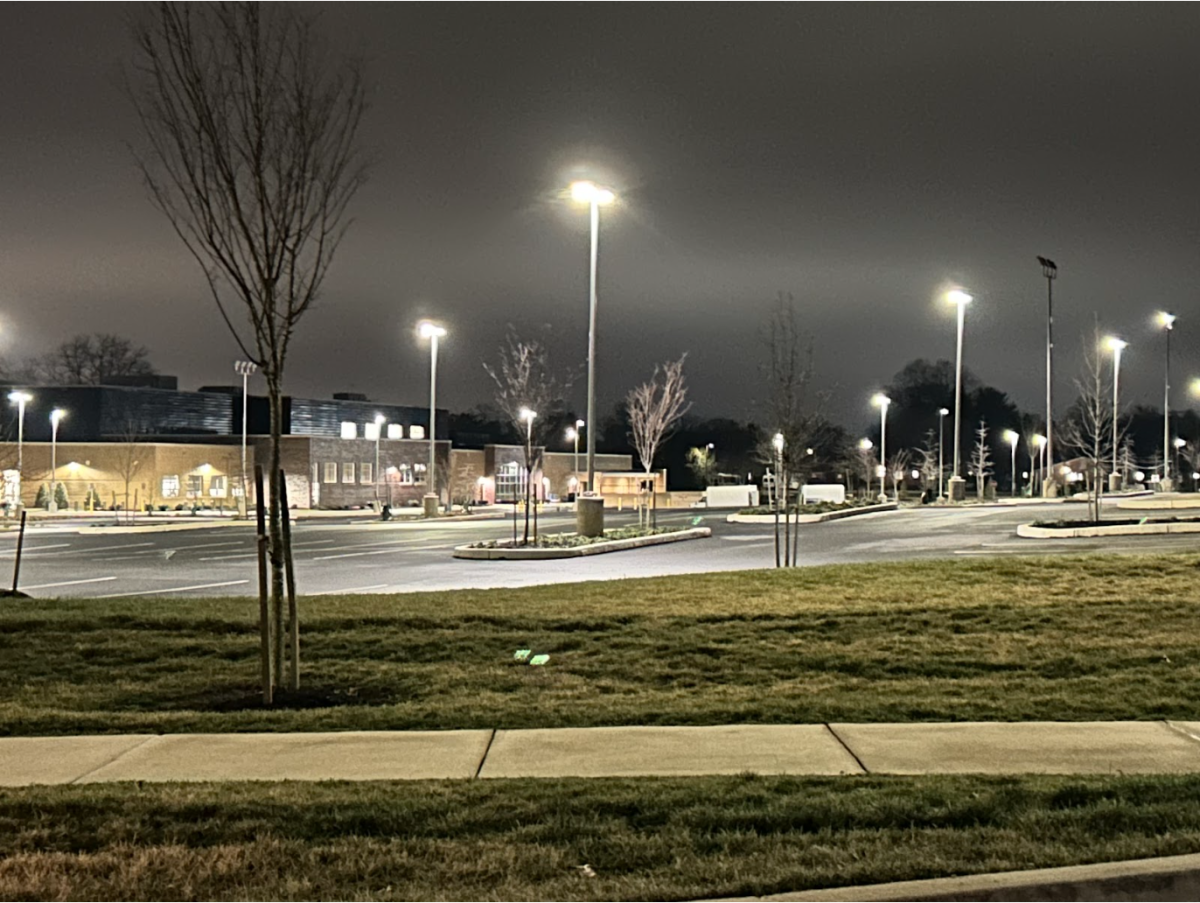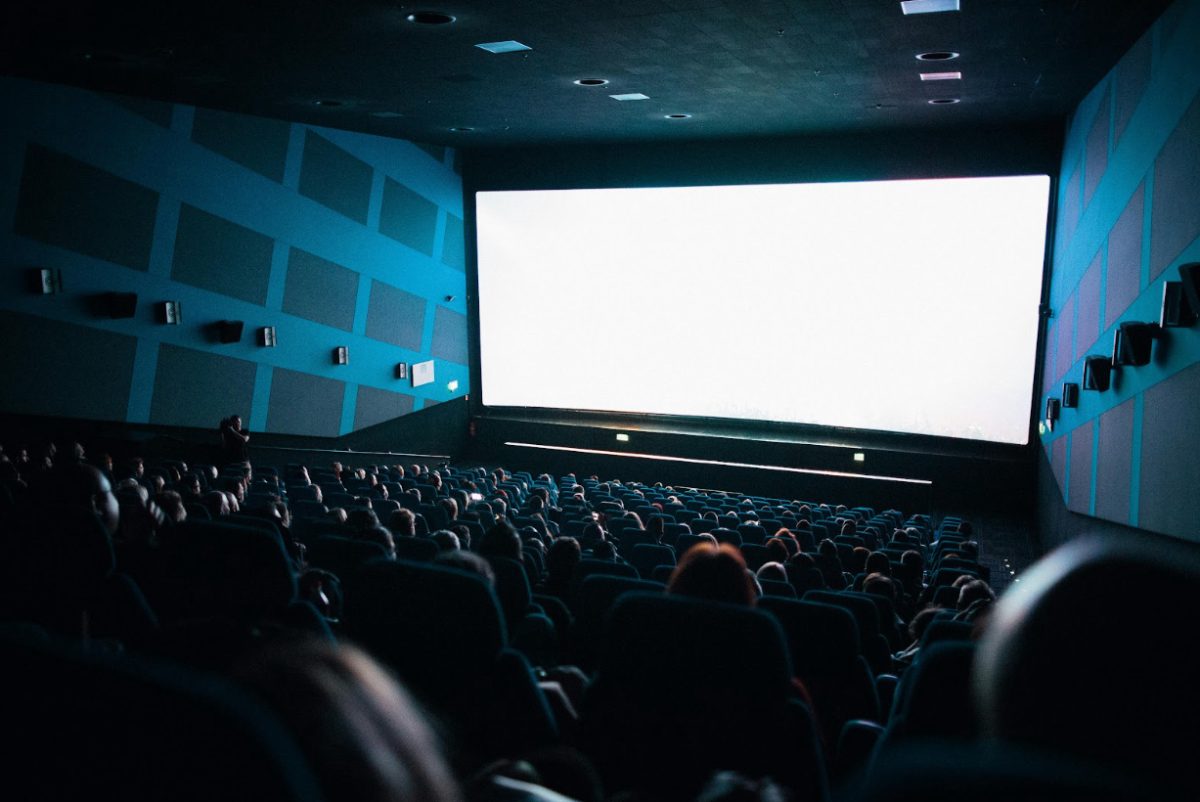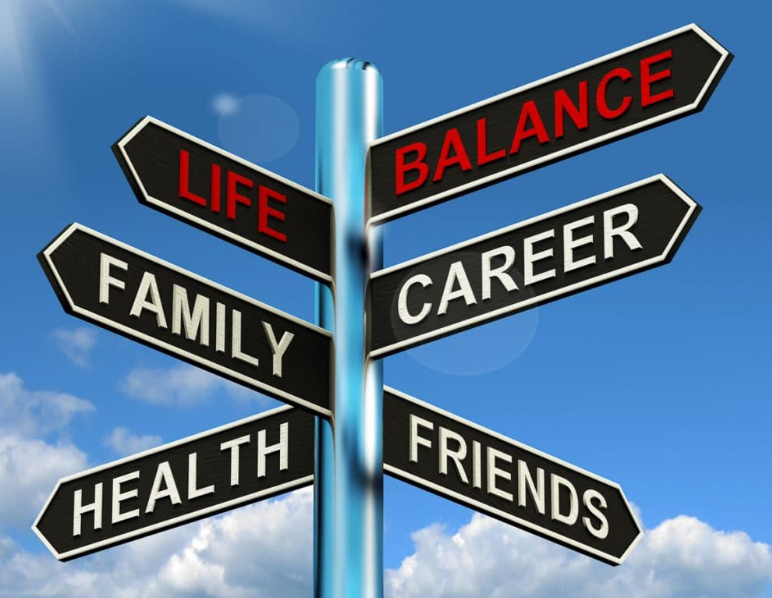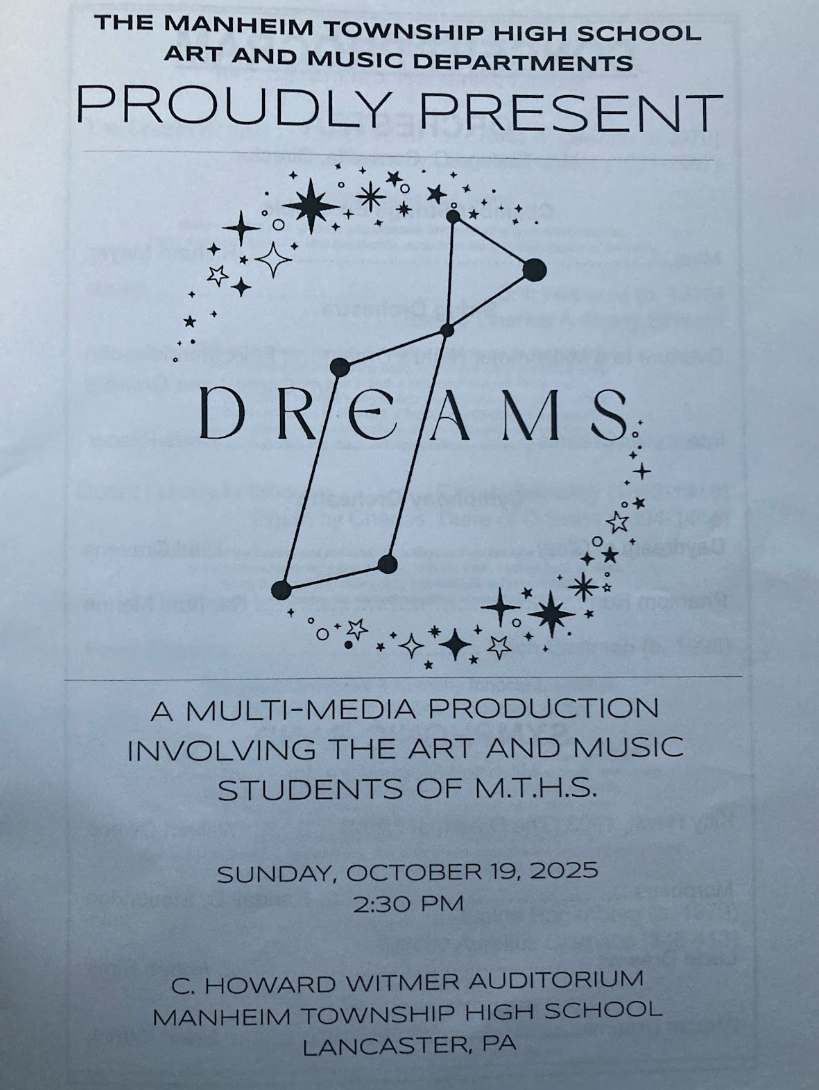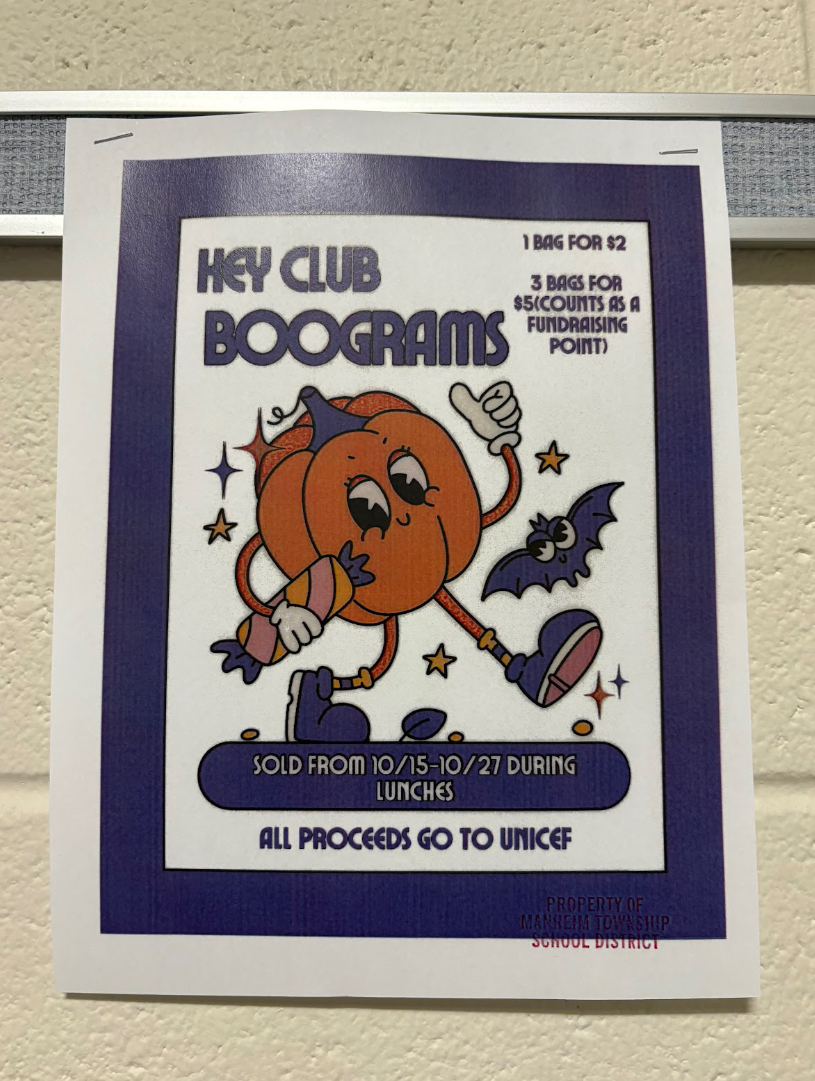The lightbulb is one of the greatest inventions for mankind. It provides us with the ability to see without the natural light from our sun. From the bright signs in busy cities, to the lamps used to light up parking lots, these artificial lights, although helpful in keeping the world illuminated, can cause a form of pollution. Light pollution is the unnecessary use of outdoor artificial light that impacts human health, the environment and our ability to observe the night sky.
This type of pollution occurs in three different forms: glare, light trespass and clutter. Glare is classified as excessive brightness that causes visual discomfort. Light trespass is when artificial light sources shine on areas where it is not wanted or needed. Clutter comes in the form of large amounts of light sources that can be bright and confusing. All of these variations of light pollution lead to an effect known as sky glow.
According to National Geographic, sky glow “is the brightening of the night sky, mostly over urban areas, due to the electric lights of cars, streetlamps, offices, factories, outdoor advertising, and buildings.”
This eerie glow can be found most prominently around large urban areas. Statistics show that 80% of the world’s population and 99% of Americans and Europeans live under a sky glow. It is a growing concern in the astronomical world because it hinders astronomers’ ability to view celestial objects and to continue to study the night sky.
However, light pollution doesn’t just impact astronomers. It has a significantly worse impact on human health and the environment. Life on Earth evolved with the natural light and dark schedule provided by our sun. Artificial light present at night interferes with human’s natural circadian rhythm, or the changes that an organism experiences over a 24-hour cycle. Circadian rhythms influence multiple bodily functions, including sleep patterns and hormone release. The biological clock within an individual will tell their body to release melatonin at night, a hormone that causes sleepiness and allows for a sleep schedule. The production of melatonin is affected by the amount of light the eyes receive. Exposure to an unnecessary amount of artificial light at night suppresses melatonin production. This is detrimental to human health because it increases the risk of sleep deprivation and sleep disorders. In turn, less sleep increases fatigue, headaches, stress and anxiety, along with other health problems.
It’s important to address the obvious source of light pollution that directly affects us in our daily lives, cell phones. While these devices do commonly contribute to interference with people’s circadian rhythm, other light sources that we might not think about contribute to it as well. Blue light is the light that our eyes are most sensitive to, but exposure to any light at night can inhibit natural melatonin production. This light can come from outdoor lighting on your street, electronic devices, and the light inside your home.
While it is crucial to understand how light pollution interferes with our wellbeing, it also has large negative impacts on the environment. Light pollution can affect animal behaviors, migration patterns, wake-sleep habits, and habitat formation. Moonlight influences some species’ behavior, and a change in behavior could lead to a decline in reproduction rates. Additionally, various animals rely on the moonlight during migration to guide them towards their destinations. For example, baby sea turtles use the moon to guide them to the ocean and nearby artificial light may lead them astray, causing them to never make it to the ocean and die. Artificial light also disrupts nocturnal animals’ sleep cycles. Light pollution negatively affects animals and their natural behaviors, which alters ecosystems in a detrimental way.
Not only does light pollution harm ecosystems and the animals within them, it also is extremely wasteful which leads to both environment and economic problems. In an average year, U.S. outdoor lighting uses about 120 terawatt-hours of energy to illuminate streets and parking lots. To put that amount of energy in perspective, it is enough to meet New York City’s total electricity needs for two years. Statistics from DarkSky, an international advocacy group for light pollution, show that at least 30% of all outdoor lighting in the U.S. is wasted, costing about $3.3 billion and releasing 21 million tons of carbon dioxide per year.
While all of the significant impacts and statistics revealing the negative effects light pollution has are daunting, light pollution is reversible and there are ways to begin to eliminate it, especially in our own community.
I’ve been on the MT campus during the early morning and late nights for sports. Every time I’ve been at the school during these hours, there are unnecessary lights on. Lights in the buildings stay on, which is completely unneeded once everyone leaves the building. The light from these lights seep into the night through windows, contributing to light pollution and wasting electricity. Along with this, the amount of parking lot lights on is completely excessive. I understand having some on in the hour or so before people are expected to arrive at school and maybe an hour after the latest sport practice, but it really is unnecessary, especially when there is an empty lot. They are also unshielded, which leads to glare as well as light trespass, and are a very cool tone of light, making them more harmful.
Not only is this harmful to the environment, but it is also wasteful for the school. One thing that MT can do to decrease light pollution is shield the outdoor lighting. According to DarkSky, “Fully shielded fixtures can provide the same level of illumination in the ground as unshielded ones, but with less energy and cost.”
Some things that everyone can do to help decrease light pollution are: keep indoor lights inside, turn off unnecessary lights, use timers, dimmers, or motion detectors to only have light on when necessary, choose shielded lights, switch cool colored lights to warmer colored lights, and advocate to spread awareness.
Pollution of all kinds is detrimental to the environment and will have a long lasting effect on our world. I urge everyone to become more aware of all types of pollution in our communities and work towards helping and protecting the environment.


